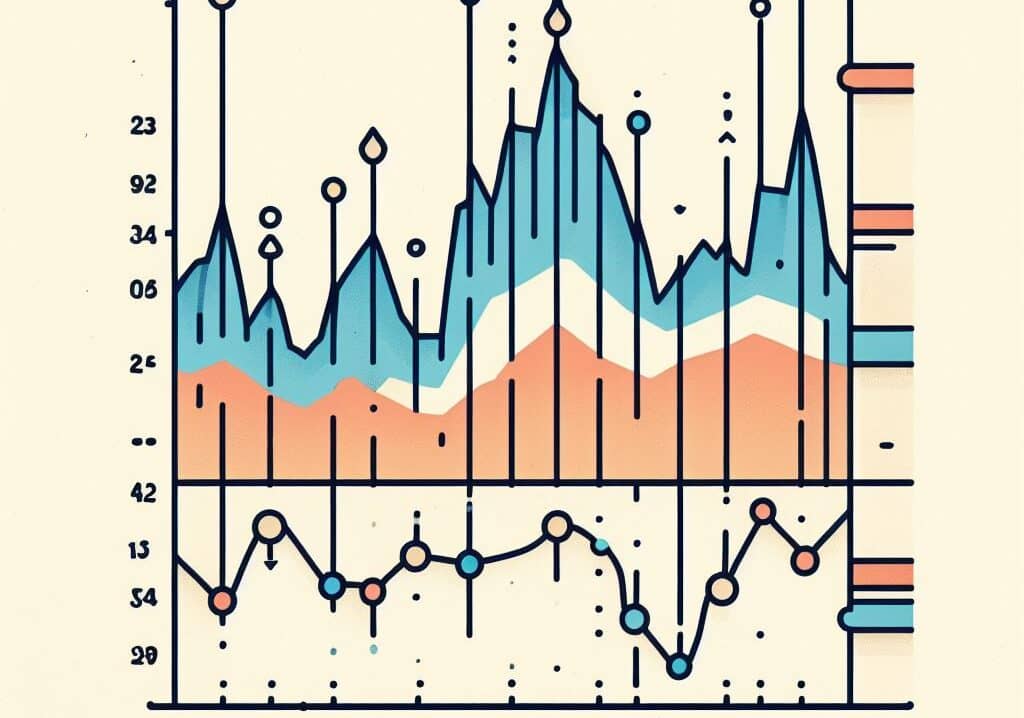RSI, or Relative Strength Index, is a popular tool used in technical analysis. It provides signals about bullish and bearish price momentum, and it is often plotted beneath the graph of an asset’s price.
What is the RSI Indicator?
The RSI Indicator is a momentum oscillator that measures the speed and change of price movements. It was developed by J. Welles Wilder, a mechanical engineer and real estate developer, in 1978. The RSI oscillates between zero and 100 and is considered overbought when above 70 and oversold when below 30.
How Does the RSI Indicator Work?
The RSI Indicator works by comparing recent gains and losses over a specific period, typically 14 periods. This comparison allows the RSI to gauge the momentum and speed of price movements. The formula for calculating RSI is:
RSI=100−1+RS100
Where RS (Relative Strength) is the average gain divided by the average loss.
Using the RSI Indicator for Trading
Traders use the RSI Indicator to identify potential buy and sell signals. When the RSI crosses above 70, it may indicate that the asset is overbought, and a price correction may follow. Conversely, when the RSI crosses below 30, it may suggest that the asset is oversold, and a price increase may be imminent.
Limitations of the RSI Indicator
While the RSI Indicator is a powerful tool, it is not infallible and should be used in conjunction with other indicators. For instance, during a strong uptrend, the RSI might remain in overbought territory for an extended period. Similarly, during a strong downtrend, the RSI might remain in oversold territory.
Conclusion
The RSI Indicator is a versatile tool that can help traders gauge the momentum of price movements and identify potential reversals. However, like all technical indicators, it should be used as part of a comprehensive trading strategy that considers other factors such as market trends and economic indicators. By understanding how the RSI works and its limitations, traders can make more informed decisions and improve their trading outcomes.

